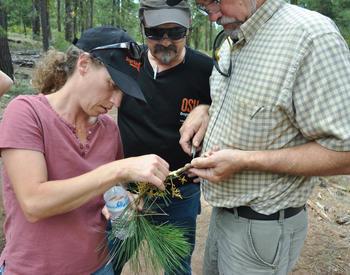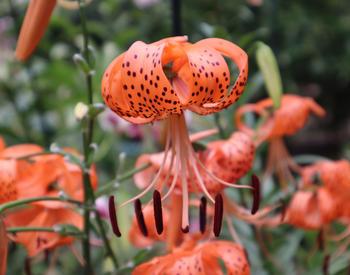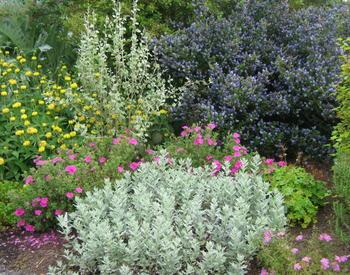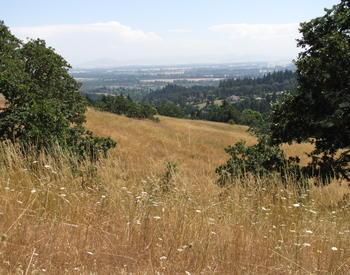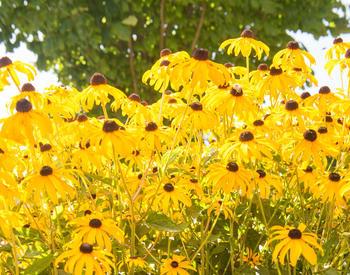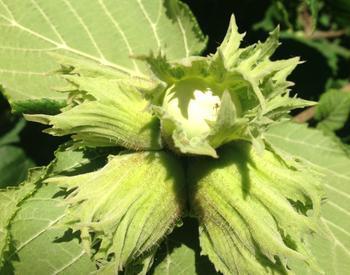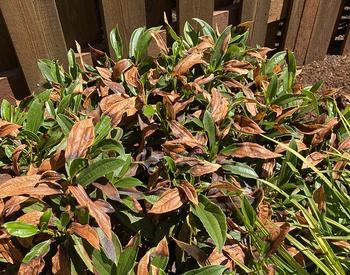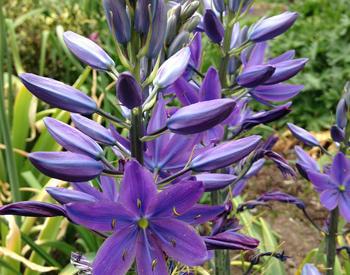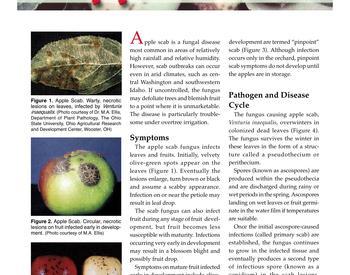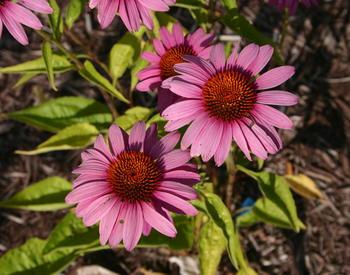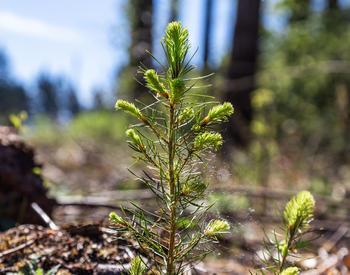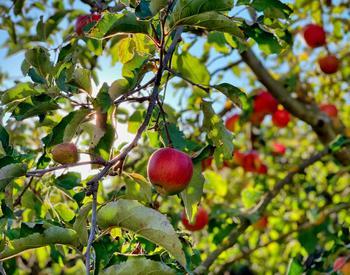Traditional holiday arrangements are full of scented or berried evergreens, among the few garden items available to us in the winter months. Each of these greens performs differently, both in an arrangement and in the landscape.
A closer look at some of the popular greens frequently used in these decorations provides insight into long-standing tradition as well as tips for using greenery in our modern homes. Records of bringing evergreens indoors during the winter months are recorded as far back as the Roman era, and over time have both pagan and Christian beliefs have been incorporated into the traditions surrounding these cheerful green reminders that spring is coming eventually.
Holly
One of the flowering evergreens, holly differs from other traditional holiday greenery in that it produces flowers and berries (technically called drupes) rather than cones. Holly has large, flat leaves instead of needles. Holly is dioecious, meaning there are separate male and female plants. Only female plants produce fruit.
Holly is dioecious, meaning there are separate male and female plants. Only female plants produce fruit. Because of their large leaf surface, holly leaves will dry out faster than other greenery in an arrangement, so frequent misting is important to keep stems fresh after cutting. Be aware that English Holly, Ilex aquifolium, is invasive in coastal parts of Oregon, and may be considered a weed in those areas. Hundreds of holly cultivars exist, with fruit colors ranging from white to yellow to black — though red remains most popular.
Pine
Common pines in eastern Oregon include Ponderosa, Lodgepole, and Western White pines. Because pines tend to drop lower branches as they grow, it’s often easier to harvest usable pine boughs off of younger trees. Pine needles are found in bunches at the ends of stems, rather than singly all along a stem. Numbers of needles per bunch, and pine cone characteristics, are used to identify pine types.
In an arrangement, pine can sometimes be harder to use with the long needles. The needles can be trimmed to the desired length with scissors. The ends will not turn brown, and a little trimming can help retain the desired shape of an arrangement.
Fir
Softer than the spruces, fir is a common Christmas tree and arranging choice. Douglas fir is often lumped in with the true firs. Fir needles are usually softer to the tough than spruces, and therefore easier on the hands of the arranger.
The cones of firs stick straight up on the tops of trees during the summer. Fir cones don’t fall off the tree whole, but lose parts one by one while still on the tree. Therefore, it’s unlikely to find lots of fir cones to harvest.
Firs have lovely evergreen fragrance and are graceful trees in the landscape.
False Cedars
Common names for plants can be so confusing. All of the native trees called “cedars” in Oregon are not, botanically speaking, actual cedars. This nuance should not deter us from enjoying these plants in winter decorations. Incense cedar and Port Orford cedars are highly prized greens with amazing fragrance, sought after in the florist industry for that fragrance and for their graceful, draping boughs with delicate needles.
False cedars are probably the easiest evergreens to use in vased arrangements, since the needles will arch over the sides of the container rather than stick straight up like a fir or spruce branch would.
Juniper
Finally, a use for juniper! Junipers, which often have a blue or gray cast to the needles, provide texture and relief from solid green. Juniper cones look like berries, and are what gin is derived from.
Junipers are highly aromatic and will look good in an arrangement even with they have dried out significantly. Western juniper, also known as “the camel of trees”, is especially good at finding water available in the soil, so the ability for the leaves to retain moisture is not a surprise. There is an abundance of juniper for the taking in eastern Oregon.
The best evergreen arrangements typically include multiple greenery types, and use texture and contrast effectively. Berries, cones, ribbon, and bare branches can be added for additional interest.
